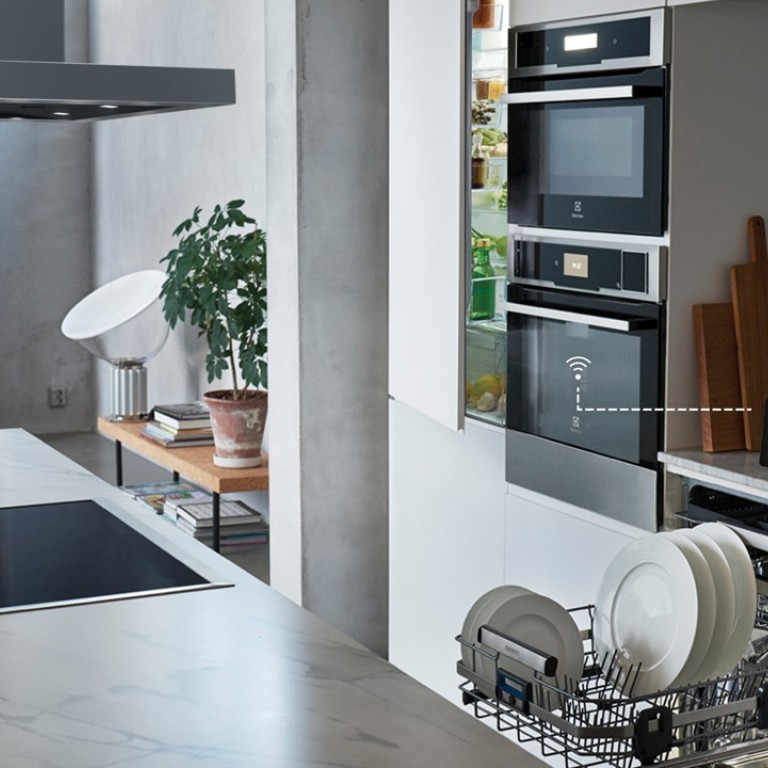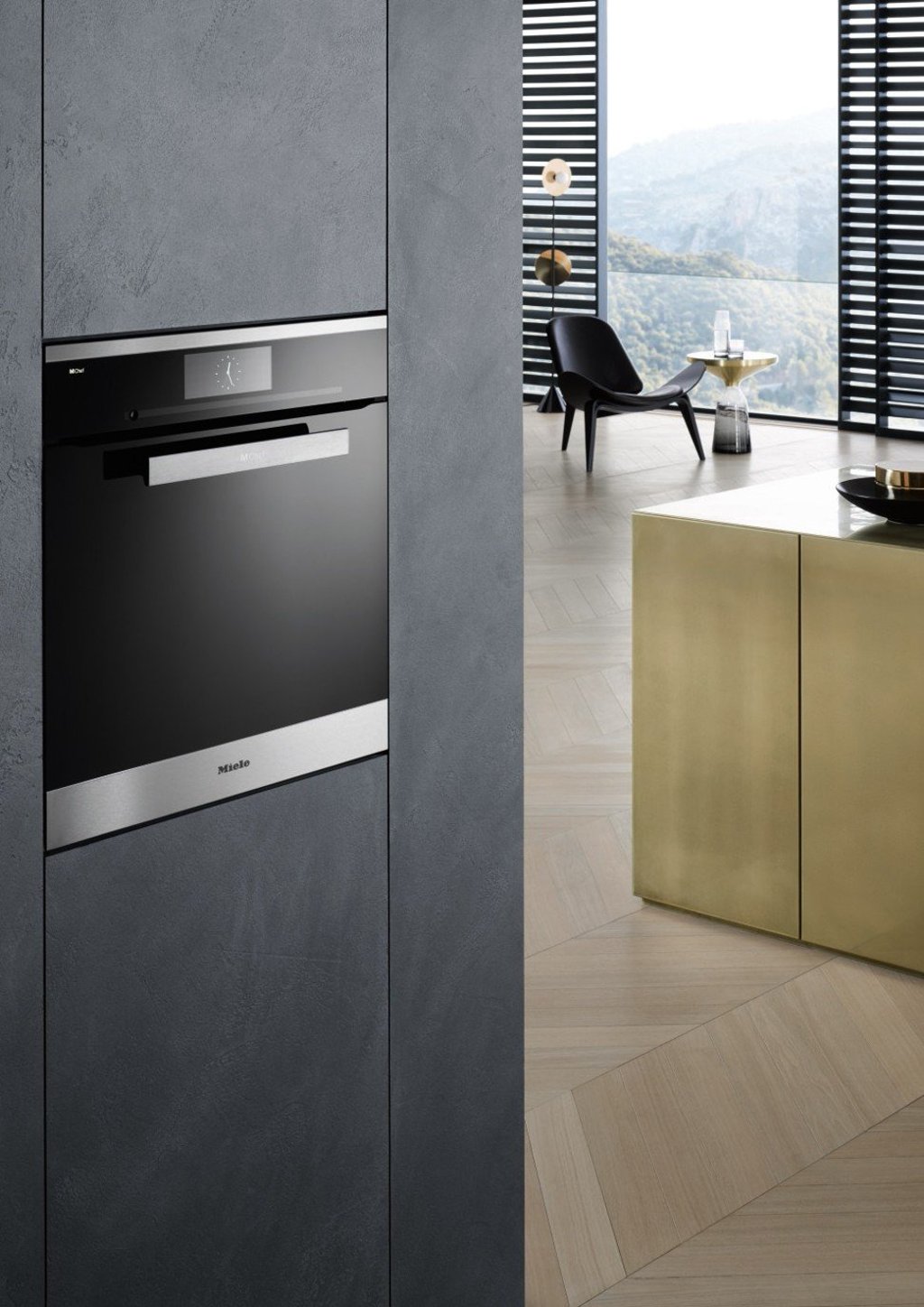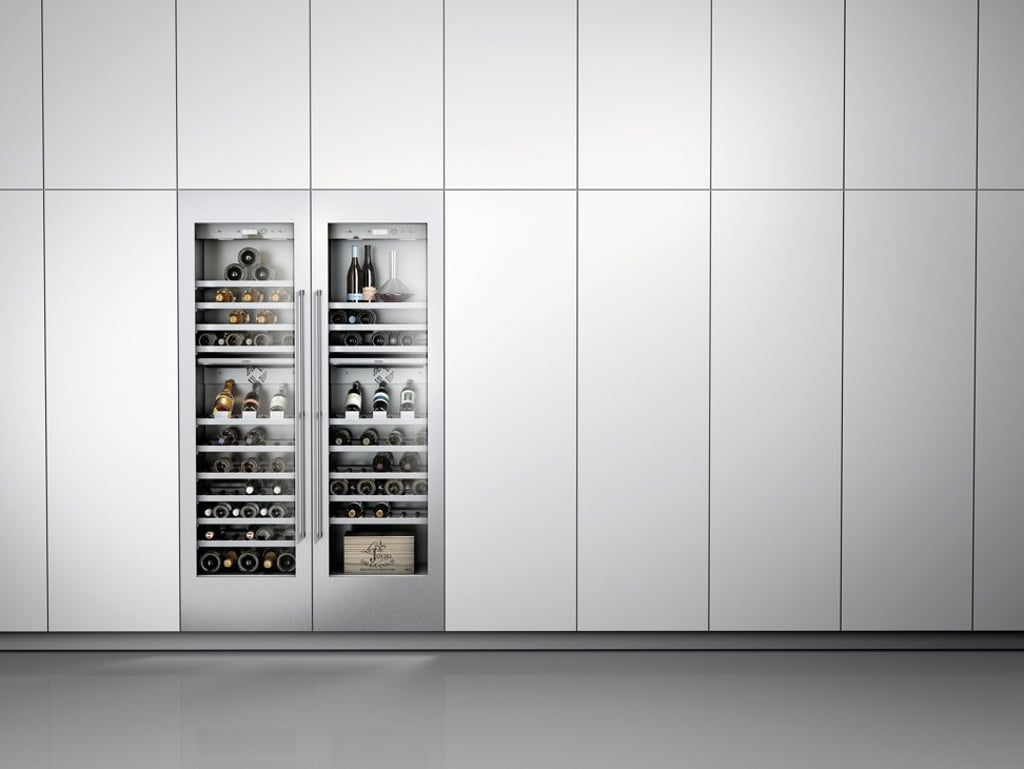How high-tech gadgets and nano materials are transforming the kitchen

-
Companies are serving up cutting-edge technology that elevates the hearth to a state-of-the-art hub
Companies are serving up cutting-edge technology that elevates the hearth to a state-of-the-art hub
Whether or not it’s used on a regular basis, an elegant, well-designed and fully equipped kitchen is among the most common homeowners’ fantasies. Often it is the busiest space and the beating heart of a home.
Today’s kitchen is different than it was 10 years ago, and it continues to be re-invented. Technology is having an impact on everything we do, and the kitchen is no different. The last great leaps in the kitchen came in the form of conveniences like running water and electric light. Now the future can be found in hi-tech materials and state-of-the-art appliances.

There was a time not long ago when kitchens were fitted with linoleum, melamine, standard chrome fixtures and stainless steel basins. But as Gilbert Tam, chief designer at Professional Kitchen Design in Wan Chai, points out, hi-tech materials that incorporate nanotechnology is the single biggest factor driving contemporary kitchen design. No matter how small the space, countertop and cabinet surfacing dominates the space and is the biggest ticket in any kitchen.
Nanotechnology and molecular engineering in surfaces is gaining traction for its resilience against heat, scratch-resistance and thinness: such surfaces made from a combination of plastic laminate and fibre can be as thin as a few millimetres. For instance, Tam’s preferred Fenix brand measures a mere 0.8 millimetres of nano material.

Nanotech surfacing is more expensive than standard laminate surfacing, but its durability makes it worth the cost, and consumers are increasingly opting for longevity. “It’s longer lasting than other materials simply for its ability to ‘heal’ itself. The downside is that the colours tend to be plain and matte, and you don’t get the patterns you would in stone,” says Tam.
Seamless kitchens started creeping into design a few years ago, and Tam believes hidden elements are here to stay. Induction stovetops are increasingly standard, and the next step is induction stoves hidden under countertops, boosting surface area when not in use. Similarly, Tam points out there is a rising demand for dishwashers in Hong Kong, thus the emergence of the dual undercounter storage/washer: “These are ideal for daily use and they save storage space because you can store the crockery in the machine.”
Once the kitchen is redesigned for optimal use, it needs to be kitted out, and smart appliances are only going to become more common.
[Nanotech surfacing is] longer lasting than other materials simply for its ability to ‘heal’ itself. The downside is that the colours tend to be plain and matte, and you don’t get the patterns you would in stone